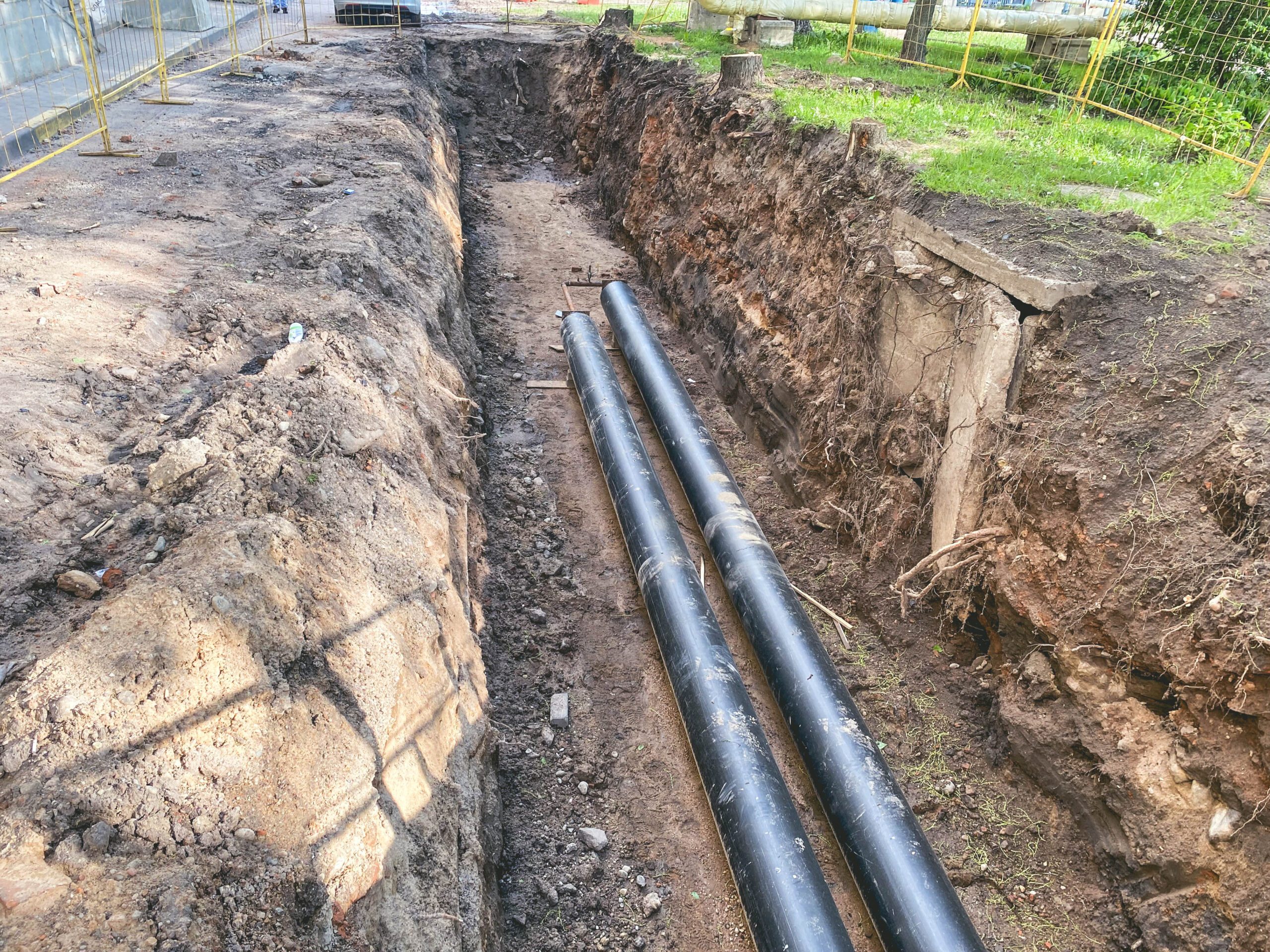Your sewer line is one of the most important elements of your home’s infrastructure. It safely removes waste and prevents harmful contaminants from entering the rest of your plumbing system. As strong as most sewer lines are, they do have some common enemies.
Sewer lines are built underground, so they are generally safe from human activity unless disturbed. However, there are natural events that can take over your sewer line if you aren’t careful.
Corrosion
Corrosion is unavoidable in many types of pipes, especially those made of steel or cast iron. As pipes corrode, they become weaker and can either break or begin leaking. If you see water pooling on your lawn (and it hasn’t rained), this may be the cause.
You can prevent corrosion by watching what you put down the drain. Avoid using chemical drain cleaners, which are a major cause of corrosion. We recommend (and use) a bio-enzyme to maintain clear drains. Other chemicals like bleach and strong household cleaners should also not be dumped down the drain.
Tree Roots
Tree roots are a common problem for sewer lines. They are strong and will grow no matter what is in their path. Tiny roots find their way in and thrive. Roots will make their mark and can eventually create a complete blockage in your pipe.
We advise planting trees and other foliage far from your sewer pipe. This may be out of your control if you moved into a home that already had builder landscaping. A camera inspection of your sewer line is one of the best ways to determine if tree roots have invaded.
Clogs
Generally, clogs don’t cause breakage in your pipe, they do create problems in your home. You may notice a foul odor, slow drainage, and backups in your sinks, toilets, tubs, or showers.
Avoid putting anything down the drain that isn’t liquid. Coffee grounds, rice, pasta, paper products, oil, and hair are all common culprits for causing clogs.





